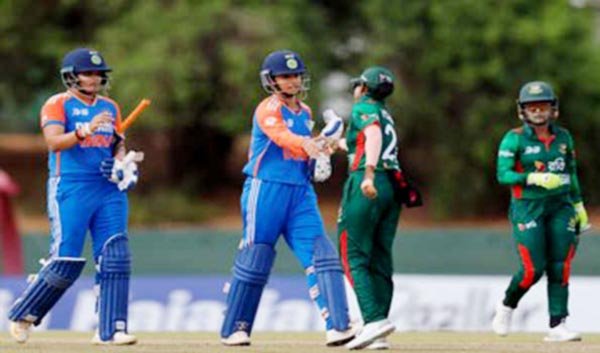New Delhi, Jan 15 (UNI) India is expected to have 86 Doppler weather radars in the next five years that will advance the country’s timely weather predictions, Union Minister of Earth Sciences Kiren Rijiju said on Monday here.
“The total number of radars in the country will go up to 86 in the next 5 years and events like cloudbursts will be predicted with sufficient lead time,” he said.
Addressing the 150th anniversary celebrations of the India Meteorological Department (IMD), the Minister said “IMD has taken proactive measures to improve the weather observational network in the country in the last decade. The number of Doppler radars in the country has increased from 15 in 2014 to 39 in 2023, and an additional 25 radars will be added in the next 2-3 years.”
“The Rainfall Monitoring Stations have increased from 3955 in 2014 to 6095 in 2023. While upper air stations have increased to 56 in 2023 as compared to 43 in 2014 and the high wind speed recorders increased from 19 in 2014 to 35 in 2023,” Rijiju said.
“IMD has traversed with many successes and challenges and especially in recent decade, it has demonstrated its global leadership through scientific and technological innovations, he highlighted.
The Minister congratulated IMD employees and fraternity for achieving this milestone and wished that IMD would continue its journey of progress, bring out innovations and meet the requirements of people in the world.
“IMD will reach out to every household and will ensure scientific knowledge-based information and guidance to have not only disaster resilience society but also to be a partner in a five trillion-dollar economy,” he said.
Meanwhile, IMD Director General Mrutnjay Mohapatra discussed the evolution of meteorological services in the country since the ancient era and the paradigm shift in all components of the early warning system including the observations, communication, modelling, dissemination and services over the years.
Commencing from Port Warnings in 1865, IMD came up with climate service in 1908, aviation meteorological service in 1911, ozone monitoring in 1928, agrometeorological service in 1945, positional astronomy in 1955, marine services & flood meteorological service in 1966, storm surge warning in 1977, Antarctica expedition in 1982, mountain weather service for Himalayas in 1998, Digitisation & automation in 2006 under the modernisation programme of IMD, coastal inundation in 2013 in collaboration with INCOIS, air quality forecast in collaboration with IITM in 2018, impact-based forecasting in 2019, urban meteorological services in 2020, GIS based applications in 2020 and many more, he said.
“IMD is ready to scale new heights and reach out to every household with weather information at any time and anywhere “HAR HAR MAUSAM and HAR GHAR MAUSAM” with state of the art technology and collaboration of academia, R & D institutes, public-private partnership and stakeholders,” Mohapatra said.
During the ceremony, Vice President Jagdeep Dhankar released the theme song of IMD, which highlights the evolution and services provided by IMD for the country and the international community in the principle of “Sarvajan Hitay Sarvajan Sukhay” i.e. “Commitment to work for the Welfare of All”.











